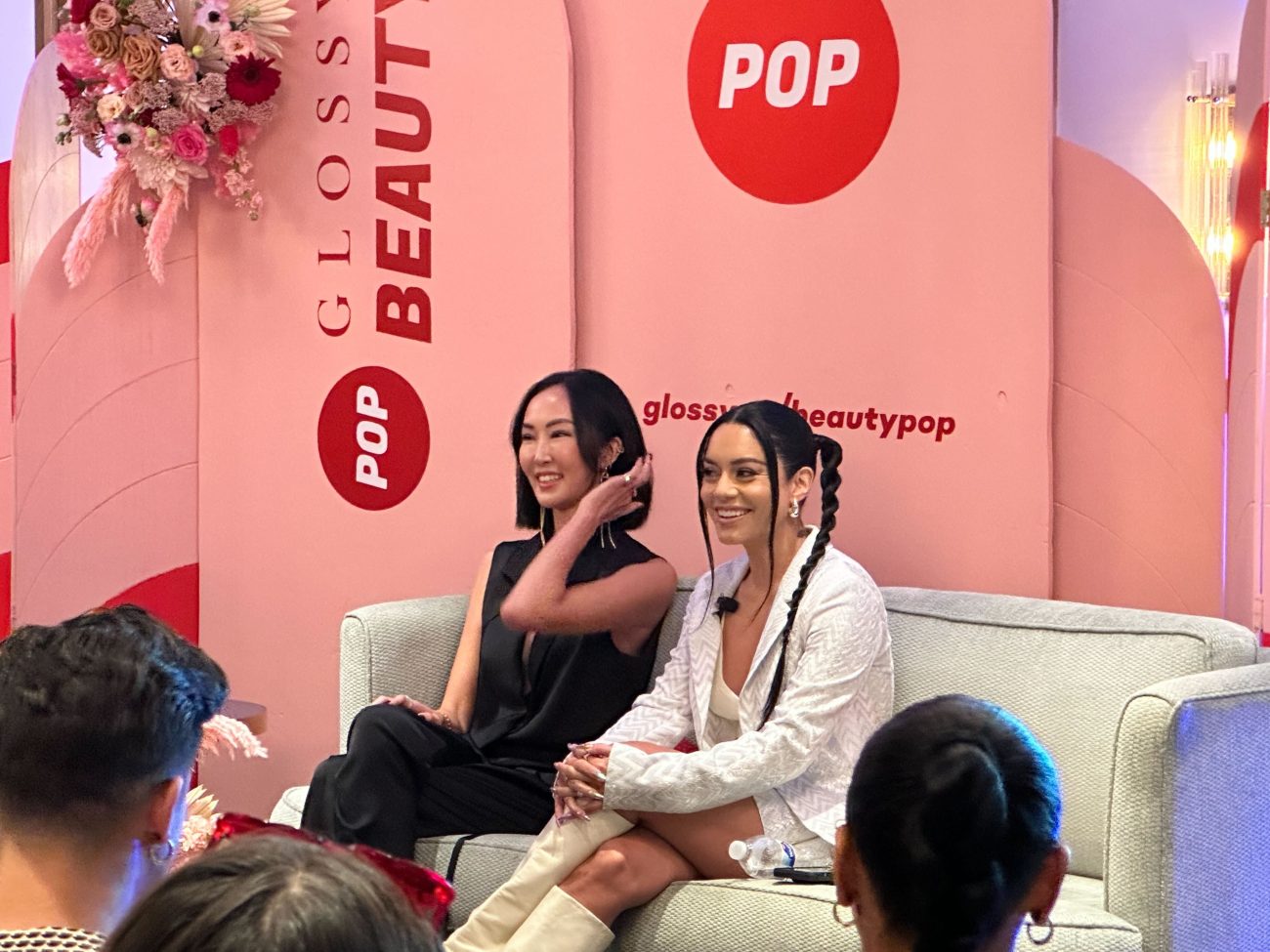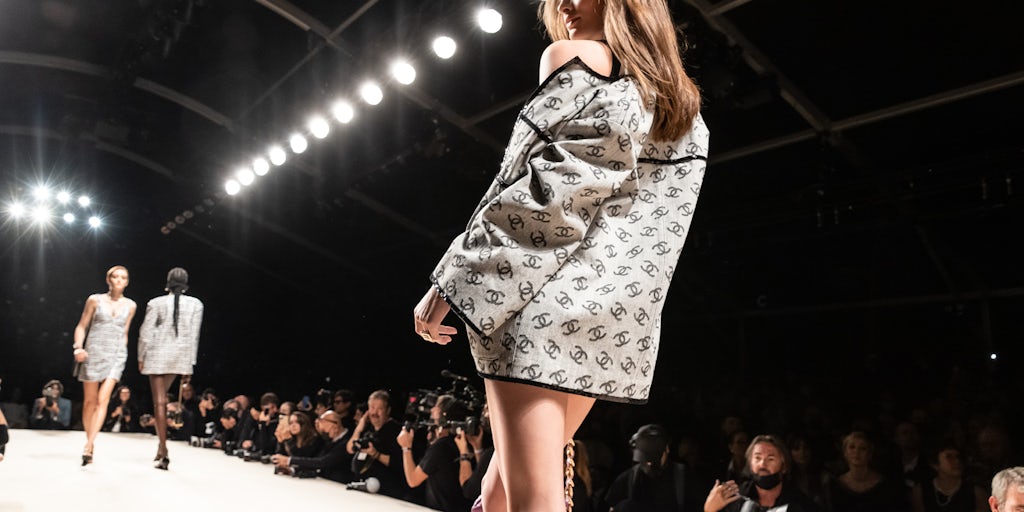Sony A80J 65 Inch TV: BRAVIA XR OLED 4K Ultra HD Smart Google TV with Dolby Vision HDR and Alexa Compatibility XR65A80J- 2021 Model, Black
At Glossy Pop’s inaugural Glossy Beauty Pop event, held last week in Los Angeles, five-panel discussions captured a snapshot of this moment in time at the intersection of beauty and culture. Culture is, of course, born out of our politics, film, music, and television — but it is also, more than ever, defined minute-to-minute on social media.
With an understanding that creators are influencing the future of the beauty industry, not to mention founding many of its notable brands, we invited top influencers and celebrities, alongside the brand founders collaborating — and co-founding — with them, to speak. Here are 10 key learnings from the day.
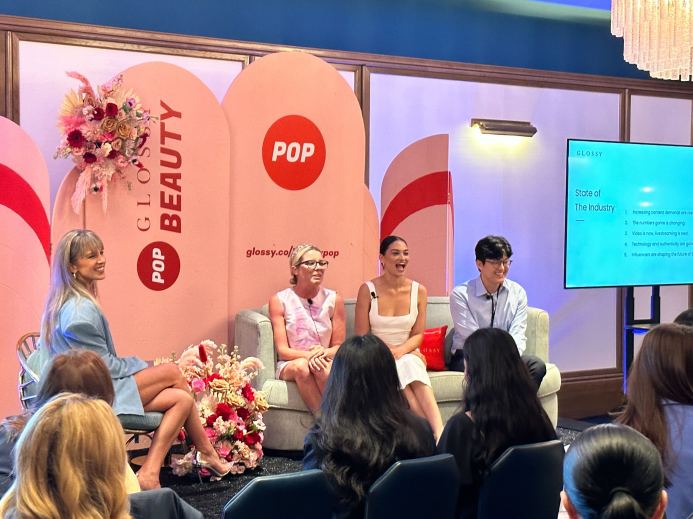
Social platforms are changing by the day. They’re competing with one another, launching new features and even launching new apps altogether. To stay relevant, brands must be nimble, said <a href=”https://www.glossy.co/pop/too-faced-tapped-creators-for-traditional-ads-celebrating-10-years-of-better-than-sex/” target=”_blank” rel=” no-referrer no opener”>Somer Tejwani</a>, VP of global marketing at Too Faced Cosmetics:” All of us sitting here, six years ago, we didn’t think we’d be spending most of our time on TikTok — so what’s it going to be next in a couple of years? Because there will be something [new], and it’s [important] to be ready for that. [If] you’re a creator [it’s considering]:
Are you transitioning to that new platform and taking a chance on it, because you don’t know if it’s going to take off? Because if it does, you’ll be first there, and you’ll have that first-to-market capability. If you’re a brand, how are you building [new platforms] into your contracts? It’s just making sure that you have a pulse on what’s going to be the next hot platform, trying it out, and being ready for it. And if it fails, it fails.”
… but you could also spend most of your time on the platform you love
While being nimble can pay off and being an early adopter is often rewarded, there’s also something to be said for knowing your strengths, and where your audience is, and sticking around.” All the social media platforms are having pissing contests with each other and trying to do the same thing,” said Susan Yara, longtime content creator and founder of skincare brand Naturium, referring to the constant copycat features springing up across social media platforms. Her advice: Stick to what you’re good at. “Whatever you’re good at is what matters, whether it’s a long-form or short-form. You just have to pick the platform that you want to focus on.”
Authenticity is a buzzword for a reason
Customers can sniff out who’s building a brand built on passion and who’s slapping their name on something.
“[For] people who have blown up and maybe don’t have as much of a core reason behind what they do and have that connection — [for example], if [they just did] trending dances over and over again, and their followers don’t get to know who they are — [or why] would they start a brand. [So, achieving success] could be more challenging.
Yes, they might have the instant sellout of the first collection, because everyone wants to get behind it. But, are you following their story of why they created this brand? And can you tell that it was something that they’ve been building toward and putting everything into? Or was it just something they [could] do?” said Iskra Lawrence, speaking to the challenges of building an influencer-founded brand with longevity.
In her 10 years of modeling and content creation, Lawrence has been offered plenty of opportunities to launch a brand before launching Saltair, her body- and hair-care brand, she said. “It was, ‘Do you want to do nail varnish and stick your name on it?’ ‘Do you want to do yoga mats and stick your name on them?’ I said, no, because I wanted to create my brand, where I had ownership and where [I was the one] decision-making.”
Founding a brand as an influencer is a powerful springboard
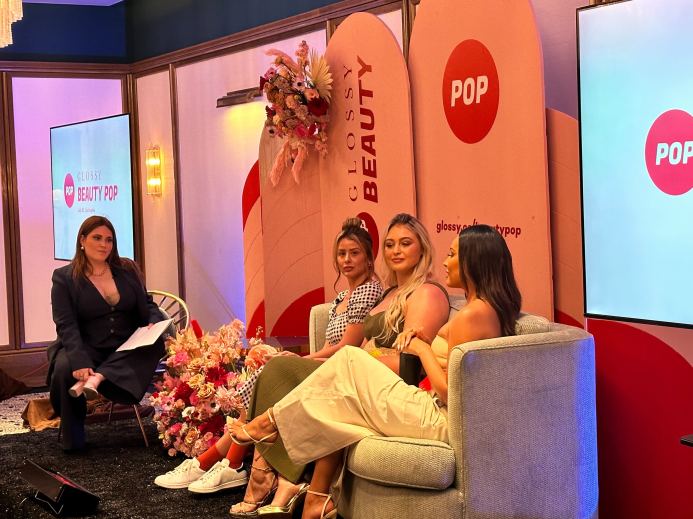
As Lawrence said, a following may sell out a brand’s first products, but it won’t necessarily keep customers around for the long term. That said, that initial boost is powerful, and it’s something most brands — the ones not started by creators — can only dream of. Take the way Desi Perkins announced her first brand, Dezi, which sells sunglasses, at the start of Covid. “I remember announcing the brand.
And nobody even knew what it was yet. I had just [posted] the logo, and we gained 300,000 followers in, like, an hour on our brand page. My heart was just racing, and then I thought, ‘OK, now I’m scared to say what it is because people are excited.” Fortunately, the brand was well received.
Similarly, Lo Bosworth, founder of female wellness company Love Wellness, said, “What’s interesting about social media, when you have your brand, is that in the early days, you don’t have to pay to acquire customers. You have your audience and if they love you, they want to buy your stuff, because they’re interested in your life and they’re interested in your journey.” However, she said, that Launchpad only gets you so far. “I’m sure every creator agrees with me, but I would say that you hit a ceiling, at some point, in terms of: ‘OK, my existing audience now knows what I’m doing.’”
…but there are downsides, too
And here’s where it gets complicated, particularly for a creator-founded brand, Bosworth said: “You have to start to gain the trust of new people.”That’s because you may be trying to win over people “who don’t like you on the internet or who have the wrong impression of you,” she said. That’s true of all entrepreneurs, to be sure.
But for influencers, she said, an especially thick skin is required. “You can say anything you want to anybody on the internet. It’s pretty wild. … And I think the idea that you can be so exposed is emotionally challenging for people who make content creation a part of their life. You constantly live in fear, to a certain degree, of making just tiny mistakes,” Bosworth said.
A brand needs more than just a popular creator’s likeness to grow
“We don’t use my face for the product launches — and that’s very intentional,” said Chriselle Lim, content creator and co-founder of Phlur, a fragrance brand. “It’s really important that the company and the business grow beyond me and my name. You want people to purchase [perhaps because they] discover it through you, but you also want them to purchase and discover because they heard about it from someone else,” she said. “The biggest compliment for me now is: ‘Oh, my God. You’re the founder of Phlur? I had no clue.’”
Brand collaborations work best when influencers have creative freedom
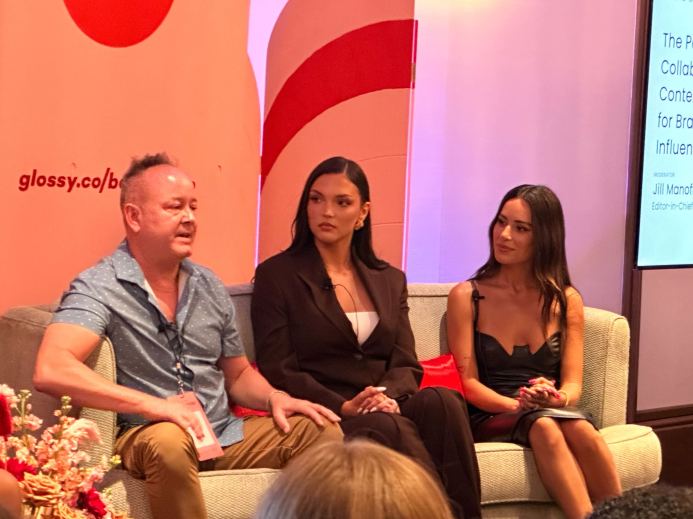
Sheena Zadeh-Daly, founder of Kosas, knows that brand-influencer partnerships work best when the brand is willing to let the influencer do what they do best.” When we partner with an influencer, it’s because we love their content,” she said. “In my view, influencers are one of the most talented types of performers out there, and we’re not here to put words in their mouths. … So we study their content closely.
We partner with them because we love the style of their content, and when we brief them [on a job], we only include examples of the things that we love from their existing content so that we’re not trying to reinvent the wheel or change anything around.” Of course, she said, Kosas includes its business objectives for the campaign. But the brand knows that the influencers it hires are “stunning performers” and gives them the creative freedom to run with the brief.
One-and-done partnerships are over
Zadeh-Daly is also a fan of a longer-term brand-influencer partnership, rather than a one-time post — something she spoke to with Kensington Tillo, the influencer that Kosas recently partnered with to launch its new lipstick collection. Longer-term partnerships are “mutually beneficial for both the brands and the creators,” Zadeh-Daly said.
For the brands, it shows the audience that the creator is using the product. “Anything that makes it onto [a creator’s] face regularly — it’s an honor and a privilege. It means it’s something that [they] really like. [They] like the way it looks, [plus] it’s performing for [them] and it’s treating [their] skin well,” she said. Of course, for the influencer, especially in today’s oversaturated beauty market, it’s just as beneficial to prove that a relationship with and affinity for a brand is authentic.
A popular influencer can still drive virality — and sales
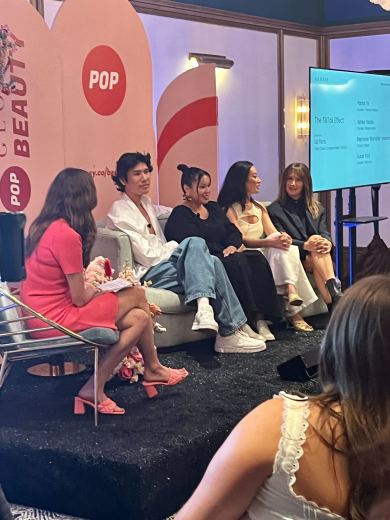
A mega-influencer’s stamp of approval can still drive sales. Just ask Patrick Ta, who recently got the currently-coveted Alex Earle stamp of approval. “She posted our Major Glow Balm at the end of a three-minute video. It was a sleeper [product] — like, this product was one of my favorite products from our whole collection. We launched it over two years ago. But it wasn’t moving.
We were about to take it off the shelves, even though this is something that I use every single day. … Then she posts about it. [We saw the sales boost] and it was like, ‘What the hell happened?’ Like, ‘Who is she? And how does she have like so much power?’ I think she’s just so honest and relatable. And it’s honestly been the most amazing [for the brand],” Ta said of the results of Earle’s endorsement. Needless to say, the Major Glow Balm is now safe from being discontinued.
…but virality shouldn’t be the ultimate goal
Especially on TikTok, there is a constant desire for virality. But as Stephanie Valentine, aka Glamzilla, said, “It’s now harder to go viral. … It’s harder to connect with people.” Her words of wisdom: At the end of the day, virality shouldn’t be the main goal. “A lot of us creators forget that social media is all about being social. It’s not about getting the next brand deal. It’s not about getting the collab. It’s about connecting with someone from across the world that you never would have, through beauty. And I think that’s power.
And it’s what we forget because we’re always chasing the next coin,” she said. “But when we build community, we build something so much stronger than a one-minute viral video. And that is what our beauty community is actually about and what we should focus on.” It was a sentiment that drew applause.

